
Before writing a comparison of two or more things you know well about these things/objects. Comparison is difficult sometimes, but it makes it easier to clearly state which one is better than the other. A comparison chart is the best way to compare two or more things, their difference, similarities, pros, and cons which helps to make the best decision quickly. Charts and graphs make it easier to understand.
Table of Contents
Below is a collection of comparison chart templates that help to make a comparison of two or more things/objects in a better way. You can check these templates and download too.


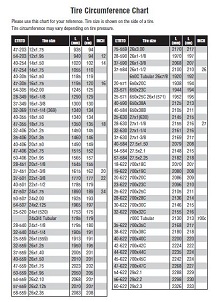
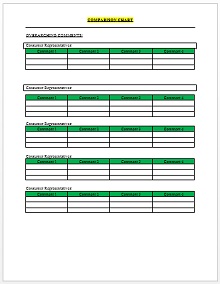
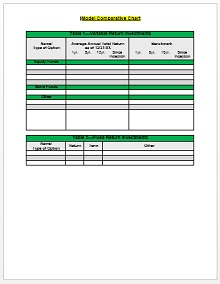
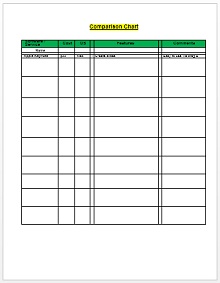
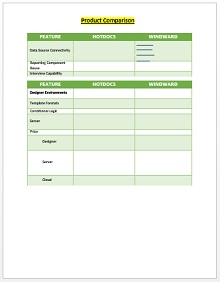
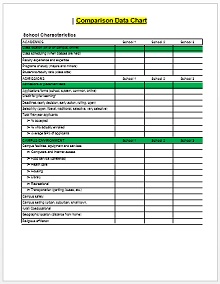
A comparison chart is a visual aid that outlines item differences and similarities. It simplifies the process of comparing multiple entities based on various criteria. It would be easier for viewers to digest and analyze information at a glance.
Comparison charts cut through the noise and help individuals and businesses make well-informed decisions that could range from everyday choices to strategic business moves.
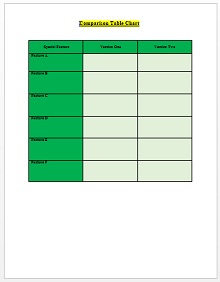


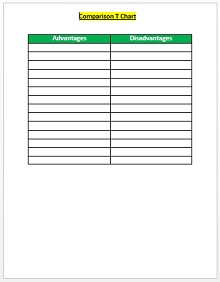
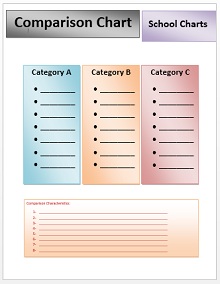
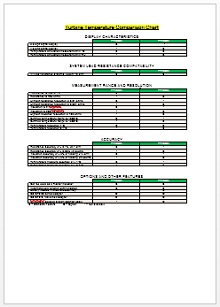
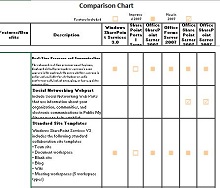
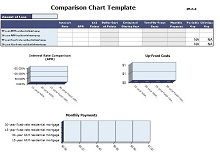

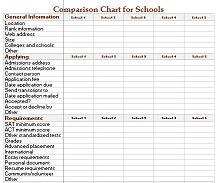
Comparison charts are invaluable tools to present information concisely and appealingly. Here are the key features that distinguish a good comparison chart:
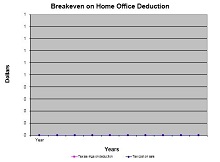

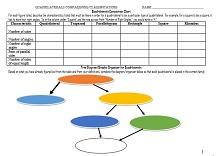
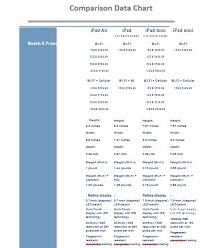


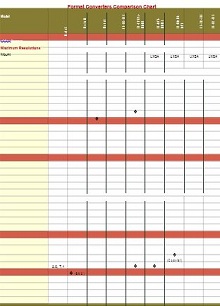
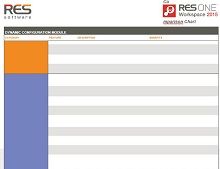
Comparison charts come in various types, each suited for different data visualization needs. Here are some popular types:
Combo charts will be used When dealing with data that requires many measurement units or displays different trends that you want to compare simultaneously. They combine the elements of bar and line charts and allow a refined analysis of complex datasets. For example, use a combo chart to compare the sales volume (using bars) and the percentage growth (with a line) over time.
Doughnut charts are a fun and effective twist on the traditional pie chart. These charts are excellent for showing proportions in a dataset, with the added benefit of a central space that can be used to display additional, related data. They are trendy for presenting categorical data in a more visually engaging and digestible format.
Ideal for showing trends over time, line charts help viewers pinpoint changes and patterns. They’re often used in business and finance to track variables such as revenue, stock values, and other continuous data. The clarity of a line chart lies in its simplicity and shows a clear progression or regression without any distractions.
Histograms provide a visual representation of the distribution of numerical data. It would be easier for viewers to understand the frequency of data occurrences within different ranges. They are handy for statistics and in scenarios where it’s essential to grasp the occurrence patterns of particular events or measurements.
Bar charts are one of the most widespread and straightforward comparison tools. By aligning rectangular bars either vertically or horizontally, they allow for quick comparisons amongst different categories. This chart type can easily showcase variations in values. It would be easier to compare inventory items, survey responses, or any categorical data.
A pie chart is a classic choice for displaying parts of a whole. It provides a quick visual distribution of categories at a glance. The larger the piece of the pie, the more significant that part is about the data set. Pie charts are best utilized when the number of data points is low, and the differences in sizes of the segments are apparent.
Venn diagrams are powerful tools for showing overlaps and intersections between datasets or groups. They offer a straightforward illustration of relationships and commonalities, making them particularly useful for logical comparisons and problem-solving.
Mind maps are great for comparing items more qualitatively. They are used to brainstorm or explore the connections and relationships between complex ideas. They offer a visual structure that starts with a central idea and branches out to show how various elements relate to the whole.
Double bar graphs are an extension of the simple bar chart; they enable comparing two data sets. Often used in business and science, these graphs represent two related data types, like comparing monthly sales figures for two years.
Slope charts are simple yet effective for comparing changes in data over two time points. Using lines to connect individual data points, they depict the rise or fall of the value. Such charts are impactful when comparing many categories to show the direction and steepness of change.
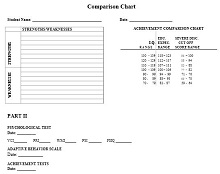
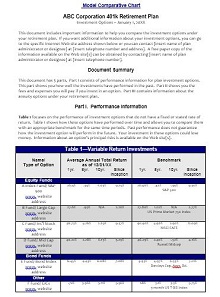
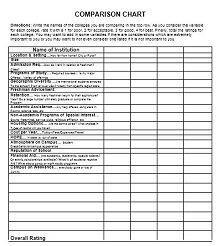
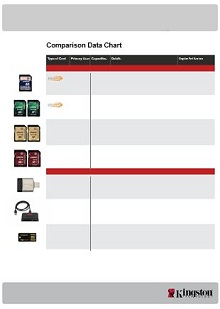

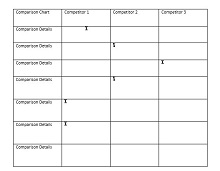
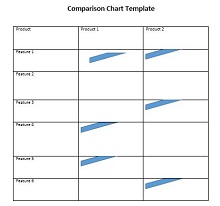
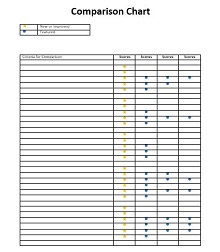
Comparison charts serve as visual tools that simplify the process of contrasting different items or services, making them particularly useful in several scenarios:
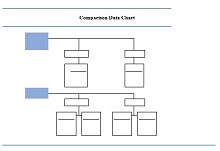
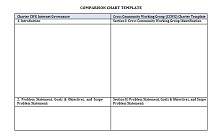

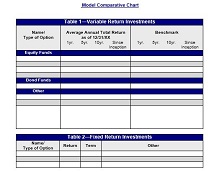


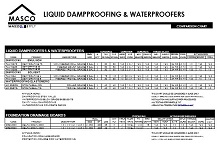
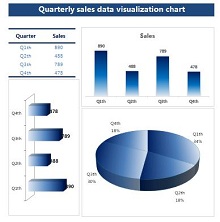

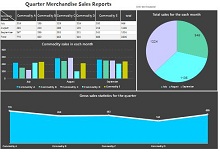


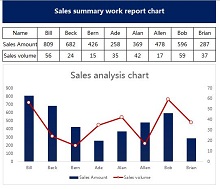

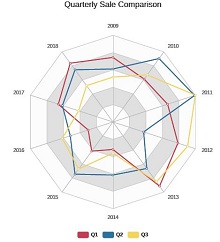
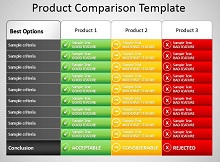
Creating a comparison chart is an effective way to represent information and aid decision-making visually. Here are the steps to create a compelling comparison chart:
Ask yourself, what decision are you making? Perhaps you’re comparing product features to help a purchase choice or examine data trends for a report. Defining the objective will shape every aspect of your comparison chart, from the type of chart you choose to the data points you highlight.
Gather the necessary data and ensure the information is up-to-date, relevant, and accurate. Flawed data can lead to incorrect conclusions and decisions. Organize the data in a logical format, which will then allow for straightforward transfer into your comparison chart.
Selecting the correct template is critical. Bar charts are excellent for comparing numerical changes over time. Venn diagrams illustrate relationships and commonalities between different datasets. Your choice should highlight the differences and similarities you want your audience to focus on.
Modification enhances the readability and impact of your chart. Use colors, fonts, and sizes to highlight the main takeaway without distracting from the data. Colors should differentiate data clearly while maintaining a coherent design.
Look over your chart for data accuracy and visual alignment with your purpose. Is it easy to understand? Does it convey the right message? Certain adjustments in design or emphasis can substantially increase clarity. Finally, ensure it’s free from typos and labeling mistakes.
When creating effective comparison charts, it’s essential to approach your audience and the critical points of comparison. Tips to customize effective comparison charts
When creating comparison charts, inevitable missteps can hinder their effectiveness. Here are some common mistakes to avoid:
An overly complicated comparison chart can hinder rather than help understanding. Viewers may struggle to locate essential information amidst a sea of elements. To avoid this, prioritize simplicity and functionality. Adopt the ‘less is more’ philosophy to ensure every design element serves a clear purpose in illustrating the comparison.
Including excess information can overwhelm your audience. The art lies in curating the data to only those details directly contributing to the comparison’s essence. The goal is clarity, not comprehensiveness; allow your audience to digest the most important points of contrast and similarity effortlessly.
Data evolves, and what was accurate months ago may no longer reflect the current state. Regular updates are crucial to maintain the chart’s integrity and usefulness. An outdated comparison can lead to poor decision-making and tarnish your credibility.
Every audience has unique needs and levels of understanding. A critical mistake many make is ignoring these audience-specific elements. Modify your chart in the presentation of data and its accessibility to your intended audience. Consider literacy levels, cultural contexts, and the prior knowledge your viewers bring to the table.
How useful was this post?
Click on a star to rate it!
Average rating / 5. Vote count:
No votes so far! Be the first to rate this post.